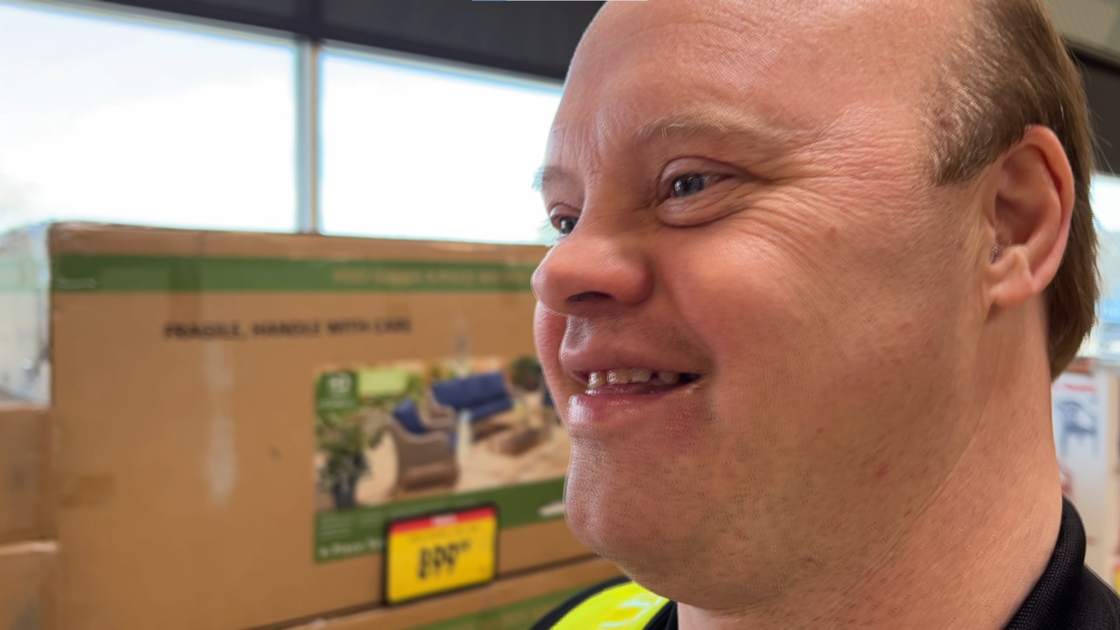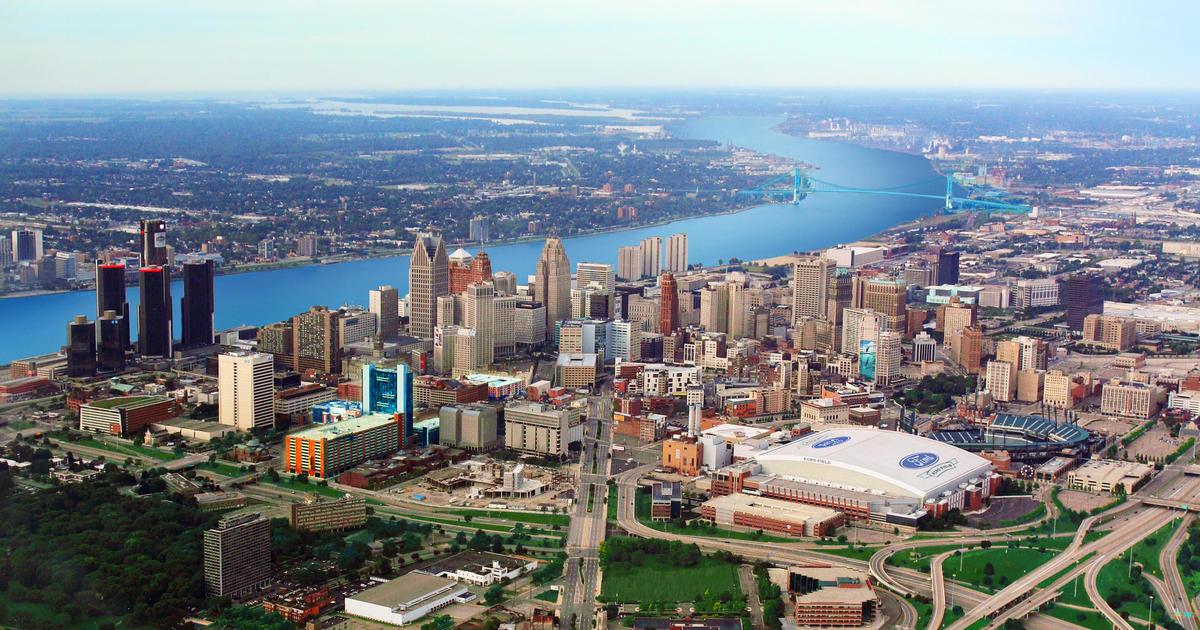Tech Tour Day Two: Michigan Tech's Magnificent
I love the Upper Peninsula to begin with, so it's never very hard to convince me to visit Michigan Technological University when I visit college campuses for university tech transfer news on the Fall Tech Tour.
It helps that the folks at Michigan Tech always deliver, too -- great technological innovations that have the potential to be breakthrough businesses, hopefully right here in the Great Lakes State.
Friday was no exception. as Michigan Tech PR maven Jen Donovan took me around campus and beyond.
My first day at Tech started with Jeremy Worm, research engineer, and Michigan Tech's latest high-tech location -- the 55,000-square-foot former Blizzard Snowplow Co. plant near the airport north of Hancock.
The building has been rechristened the Michigan Tech Advanced Power Systems Research Center. It's now the home of all of Tech's vehicle research.
"We had a bunch of small labs scattered in a 10-mile radius around campus and we knew we had to consolidate," Worm said.
Those labs are currently in the process of moving in to the new center as it's being renovated.
Worm showed me the eye-popping Michigan Tech Mobile Sustainable Transportation Lab, the centerpiece of a $3 million federal Department of Energy grant toward hybrid and electric vehicle research at Tech.
Worm said the lab, an expandable 53-foot trailer, includes classroom technology, along with a complete dynamometer recreating a Michigan Tech-built hybrid dune buggy, the Configurable Hybrid Electric Vehicle, that combines a 25-hp gasoline engine and a 13-hp electric motor.
Worm credited General Motors for their support of the lab, along with Detroit Diesel, which gave Tech the semi-tractor with which to haul the lab, National Instruments, which donated data acquisition equipment, and Saginaw-based Wineman, which donated test software.
Worm said the trailer will be used to support tech courses, to support Tech offering short-term courses elsewhere, and for outreach at high schools and events such as energy fairs.
----------
From there it was back to Tech's main campus and a visit in the chemistry building with Adrienne Minerick, whose research is leading to advanced medical microdevices.
Minerick explained how the same technologies that produce tiny etchings on silicon chips can be used to create microfluidic devices.
"We make microdevices that do cool diagnosis at a fraction of the cost and time of current medical devices," Minerick said.
The devices contain tiny chambers and electrodes. And when Minerick injects red blood cells and electrifies the device, the cells line up -- but each blood type lines up a little differently.
So what? So try to imagine an instant, portable lab-on-a-chip to determine the blood type of an accident victim or a patient in the developing world, where lab facilities are scarce. It's also possible the device could be used to instantly diagnose other blood diseases or manage blood disease states like leukemia or hemophilia. Very cool.
----------
Next it was back downtown to the former Upper Peninsula Power Co. offices on the Portage Canal waterfront, now known as the Michigan Tech Lakeshore Center. Part of the first floor of that building bears a lot of Ford Motor Co. logos. Friday, I learned why.
Ford, like GE Aviation before it, is using Michigan Tech students to help develop its software.
"We do application development and support for Ford IT," said Russell Louks, who manages the effort in Houghton for Ford.
The effort has a sly name, Software Innovation through Student Utilization, or SISU. That word, sisu, also happens to be the Finnish word for 'guts,' which someone from the heavily Finnish Houghton area -- like a Tech student -- would know.
Louks said about 30 Tech students are at work on assignments from Dearborn. They're working on everything from Ford's Sync system to marketing and sales applications to manufacturing systems software.
Ford is just the latest of several Fortune 500 companies to use the Western UP as a low-cost development center -- without the barriers of language or time difference.
All told, 51 students have graduated from the Ford program since its inception in 2008. Louks said many of them have gone to work for Ford.
---------------
Then it was back to campus to meet with Dan Fuhrmann, professor and chair of the department of electrical and computer engineering, and Steve Carr, professor and chair of the department of computer science.
These two departments -- the former from the College of Engineering, the latter from the College of Sciences and the Arts -- are crossing college boundaries to establish jointly the Paul and Susan Williams Center for Computer Systems Research.
The new center takes up 10,000 square feet at Michigan Tech's Electrical Energy Resource Center building, space formerly devoted to a mineral museum that has since moved across campus.
Paul Williams, a Negaunee native and 1961 Tech grad who spent most of his career at Hughes Aircraft in California, endowed most of the center, saying he wanted the school to have all the stuff it didn't have when he went there.
The new center has space for a conference room, two meeting rooms, a seminar room, 10 faculty offices, a cubicle farm for 40 graduate students and a still-empty playground for electronics and computers.
Michigan Tech has 314 undergrads in computer science, 564 in electrical and computer engineering. and 49 and 180 grad students respectively.
Fuhrmann said the difference between computer science and computer engineering is getting narrower, but for the most part, computer engineering deals with software that solves a specific problem for a specific device, while computer science "is interested in software for anything. All those lines are getting blurred, which is why this space needs to exist."
Saeid Nooshabadi, a recently hired faculty member who holds a joint appointment in the two departments, is now director of the center.
-----------
My day ended with Karyn Olsson and Marilyn Clark of the Michigan Tech Enterprise Corp. SmartZone, which has four distinctly different business incubators and which has launched 24 companies and leveraged $68.3 mllion in investment since its 2002 inception.
All SmartZone companies offer assistance with accounting, business counseling, finance, pre-seed funding, graphic and print services, IT and telephone support, legal counsel, patent and trademark law, and marketing consultation and services.
Its incubators include the oldest, the Powerhouse, a former -- well, you guessed it, near the lift bridge tha joins Houghton and Hancock; The Portage Facility, 14,000 square feet in the region's former hospital in Hancock; ATDC, 27,000 square feet of high-bay and office space; and the Lakeshore Facility, a 60,000 square foot building with laboratory and connectivity availability.
This far north, they've never really had all that much manufacturing. The economy of the three-county Houghton region today is dominated by Michigan Tech itself, along with health care and tourism. Tech officials say they have hundreds, of thousands, of graduates who would love to stay in the pristine North Woods, if only there was a way to make a living. Well, that's what they're doing at the SmartZone.
After a long day, I headed off for a little Friday Night Lights, small town high school football. The Houghton Gremlins -- don't you love unusual team nicknames? -- moved the ball practically at will against Northland Pines, but were plagued by turnovers and red-zone mistakes and fell. But hey, you gotta love a Lady Gaga halftime show by a surprisingly good 50-piece marching band. And I looked forward to a second day of terrific Michigan Tech.



